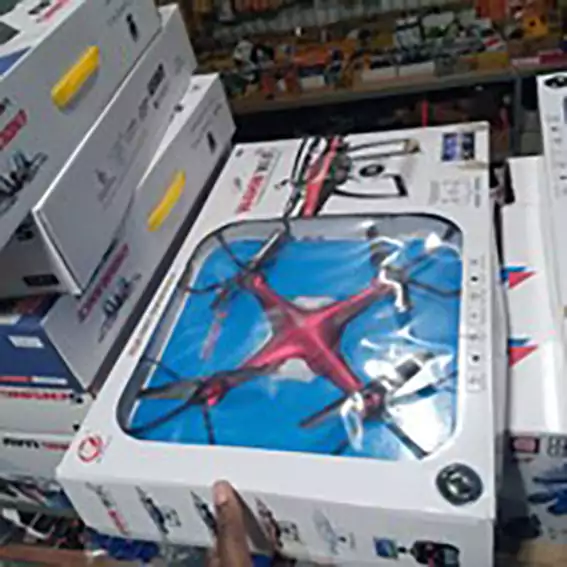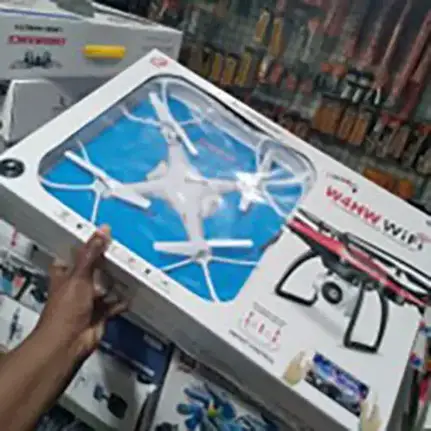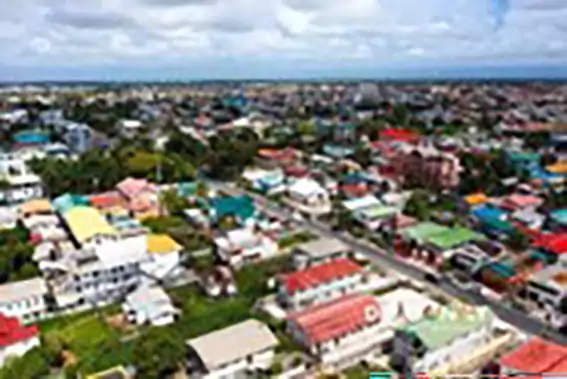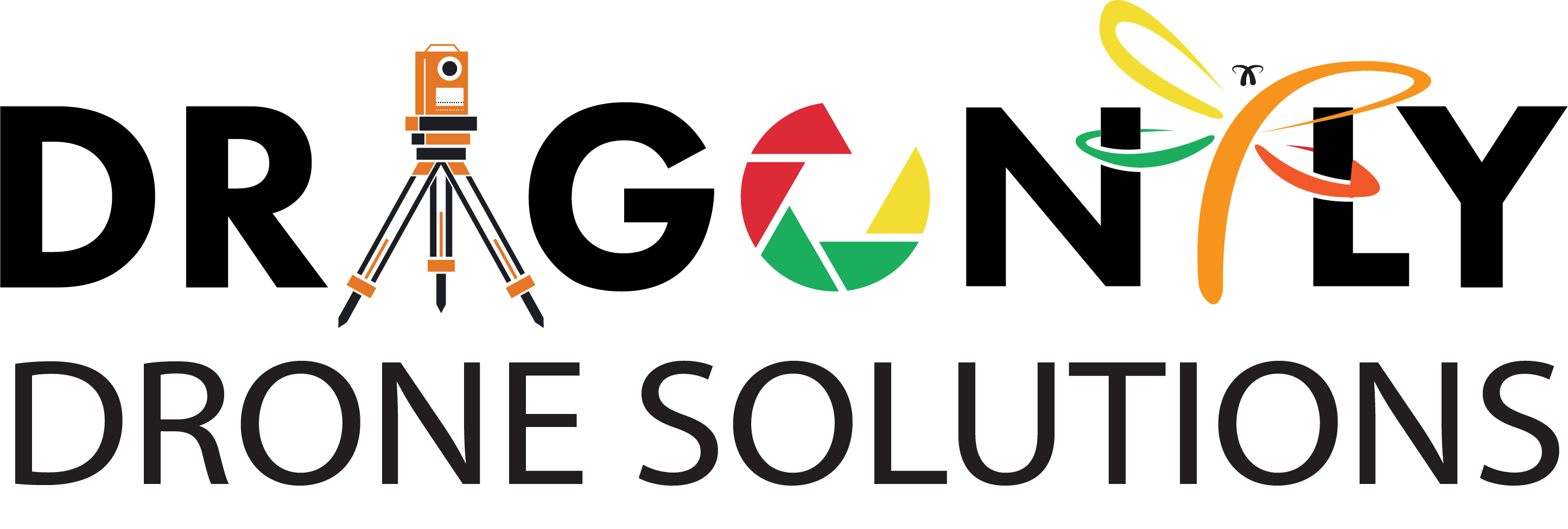In just seven years, Guyana has witnessed a remarkable rise in the number of active drones, with over 700 registered under the Guyana Civil Aviation Authority (GCAA). This surge reflects a burgeoning interest in unmanned aerial vehicles (UAVs) and underscores the need for robust regulation in this evolving sector.
The proliferation of drones in Guyana is driven primarily by recreational and professional interests, including aerial photography and filming. Additionally, various ministries and organizations, such as the Guyana Power and Light (GPL), have sought certification for specialized applications.
However, alongside the benefits of drone technology come potential risks, including malicious and criminal activities. To mitigate these risks, the GCAA has implemented drone security clearance checks. Applicants undergo background checks conducted by the Guyana Police Force (GPF), a process that has been streamlined to a timeframe of 26-28 days, significantly reducing from the previous three-month timeline.

The drones being sold in Chinese supermarkets on the West Coast Demerara


Speaking with Stabroek News, Director General of the GCAA Lieutenant Colonel (ret’d) Egbert Field emphasized the importance of stricter enforcement and increased collaboration with Guyana Revenue Authority (GRA) to address concerns regarding the open sale of drones in Chinese stores.
The rapid growth of the drone industry in Guyana highlights the need for proactive regulatory measures to ensure safety, security, and responsible use of this technology, he noted. With continued adaptation and enforcement, he added, the GCAA remains committed to fostering a conducive environment for the advancement of aviation while safeguarding the interests of all stakeholders.
In the dynamic landscape of Guyana ‘s drone industry, operators like Brian Smith and Julian Cadogan navigate a myriad of challenges while striving for advancement and recognition within the sector. From regulatory hurdles to financial constraints, their experiences shed light on the complexities of operating drones in a developing market.
Smith, the proprietor of Dragonfly Drone Solutions, exemplifies the conscientious approach to compliance and safety that many operators embrace. He said he diligently follows directives from the GCAA and ensures his permit for commercial drone operations is renewed annually. Moreover, Smith’s operations undergo regular checks and audits by the GCAA every five years.
Highlighting the importance of adherence to regulations set forth by the GCAA, he pointed to the safety features inherent in the DJI drones used by his business, including geofencing and battery performance tracking, which contribute to safe and responsible operations.
However, despite efforts to mitigate risks, challenges persist for drone operators in Guyana. Cadogan, owner of Caliper Drones, elucidated the obstacles faced by small businesses in securing insurance coverage for their operations. While some opt for public liability insurance to protect against accidents involving third parties, comprehensive coverage for drones remains elusive, with only a few high-end drones insured through international agencies.
Cadogan also underscored the financing challenges encountered by small and medium enterprises in the drone industry. With the high cost of equipment and limited access to financing from traditional institutions, local operators struggle to compete with international counterparts entering the market, he said.
Furthermore, bureaucratic inefficiencies compound the difficulties faced by operators like Cadogan. Delays in obtaining security clearances and permits hinder timely operations, particularly in industries like oil and gas where strict adherence to regulatory protocols is essential., he added
In the face of these challenges, local operators advocate for regulatory reforms and developmental steps to enhance the industry’s growth and sustainability. Cadogan emphasized the need for clear guidelines on night flying, urging regulatory authorities to provide actionable requirements for compliance rather than vague prohibitions.
While he acknowledges the industry’s concerns, Field advised patience, citing the need for additional data to justify regulatory changes.
Despite the inherent complexities, local drone operators remain optimistic about the future, driven by their passion for innovation and a desire to contribute to Guyana ‘s technological advancement.
Continuous learning and training
Smith’s journey in drone operations is marked by a commitment to ongoing learning. He has undertaken numerous online courses from reputable institutions, including the Pilot Institute, UAV Visual Player, and offerings from the Federal Aviation Administration (FAA) in the US and Australia. These courses cover a range of topics, from piloting skills to sector-specific applications like land surveying and aerial photography. Similarly, Cadogan emphasized the importance of training new operators through online platforms such as the FAA and Canadian authorities.
Keeping abreast of regulatory updates and industry trends is paramount for drone operators in Guyana. Smith relies on directives from the GCAA to guide his operations, noting significant additions to regulations, such as fee structures for commercial operations. Cadogan highlighted the role of social media platforms like WhatsApp and official channels like the GCAA’s Facebook page in disseminating information to operators, underscoring the importance of accessible communication channels for industry stakeholders.
Safety is a cornerstone of drone operations, with both Smith and Cadogan emphasizing meticulous pre-flight procedures and adherence to operational manuals. Smith outlined the comprehensive safety measures employed by his business, including DJI drones equipped with safety software such as geofencing and battery performance tracking. Cadogan underscored the importance of risk assessments and pre-planning to mitigate potential hazards during flights.
Looking to the future, Guyana drone operators advocate for regulatory flexibility to accommodate emerging technologies and operational needs. Smith called for the introduction of waivers to facilitate timely approvals for specialized operations, such as beyond visual line of sight and nighttime flights. He stressed the significance of these capabilities for sectors like oil and gas, environmental monitoring, and security applications. Additionally, Smith proposed the creation of an online platform to streamline permit applications and requests, while also advocating for expedited security clearance processes for operators.
The GCAA serves as the primary regulatory body for all aviation activities within Guyana, including both manned and unmanned aircraft. Established to uphold safety, security, and efficiency in civil aviation, the GCAA develops and enforces regulations, oversees air traffic management, and ensures compliance with international aviation standards.
Since 2017, the GCAA has been issuing directives governing the use of drones in Guyana’s airspace, recognizing the need to adapt to emerging technologies. As of March 30th, 2024, there are 706 active drones registered with the GCAA, operated by 903 operators. This slight variance between registered drones and operators accounts for instances where multiple operators may oversee a single drone. A dedicated unit has been established to aid in the monitoring and oversight of this emerging industry.

